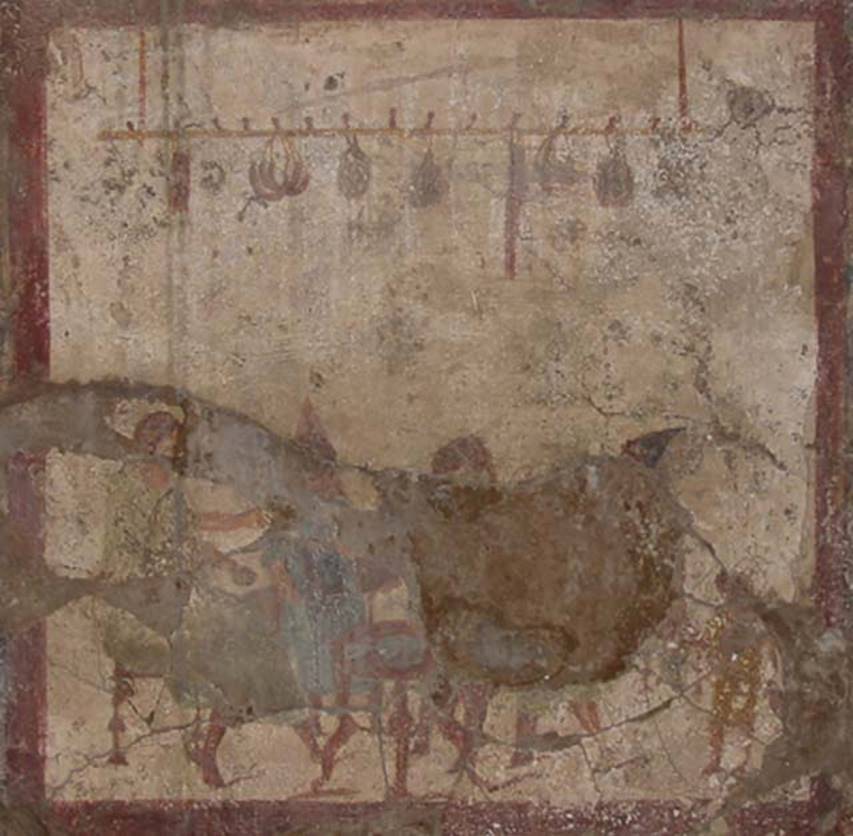
Native to Asia, the common onion is a biennial or perennial usually grown as an annual It is in the same genus as chives, garlic, and leek, and is the same species as shallots. Archaeological evidence from Bronze Age settlements in China suggests that the onion was eaten since 5000 BC, and was first cultivated about 3500 BC. The Egyptians fed them to their slaves as they built the pyramids and used them in burials, while the Israelites enjoyed them when in Egypt. An Indian doctor wrote about their medicinal value in the 6th century BC, the ancient Greek athletes ate them to improve their blood, and Roman gladiators rubbed their bodies with them to firm their muscles. The ancient Roman naturalist, Pliny the Elder (d. 79 D) describes several different kinds of onion and gives 27 remedies including onion to cure ailments from poor eye sight and hearing to ulcerations of the mouth and dysentery. Carbonized remains of onions have been found in Pompeii and a wall painting in a tavern of the Via di Mercurio shows people at a table with sausages, onions and other food hanging above them. Photo Credit Woodwill Wikimedia

Description: The common onion is a biennial or perennial usually grown as an annual and has blue-green leaves that are narrow, cylindrical, and hallow. The small flowers are white, pink, or purple and produced in globe-shaped umbels. The plant is grown for its bulb that consists of shortened, compressed, underground stems, surrounded by fleshy modified leaves around a central bud at the tip of the stem.
Type: Biennial or perennial grown as an annual
Bloom Color: white, pink, or pruple
Bloom Time: Spring
Light: Full sun
Soil: Fertile, ,medium moist, well drained
USDA Hardiness Zones: 3-9
Photo Credit Wikipedia